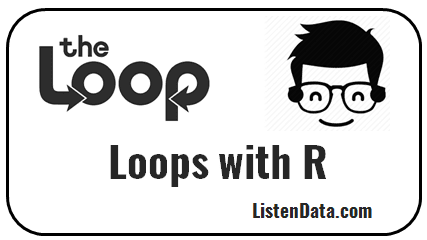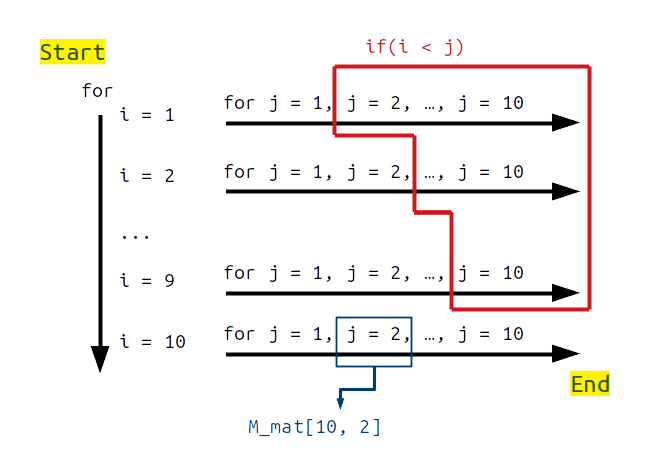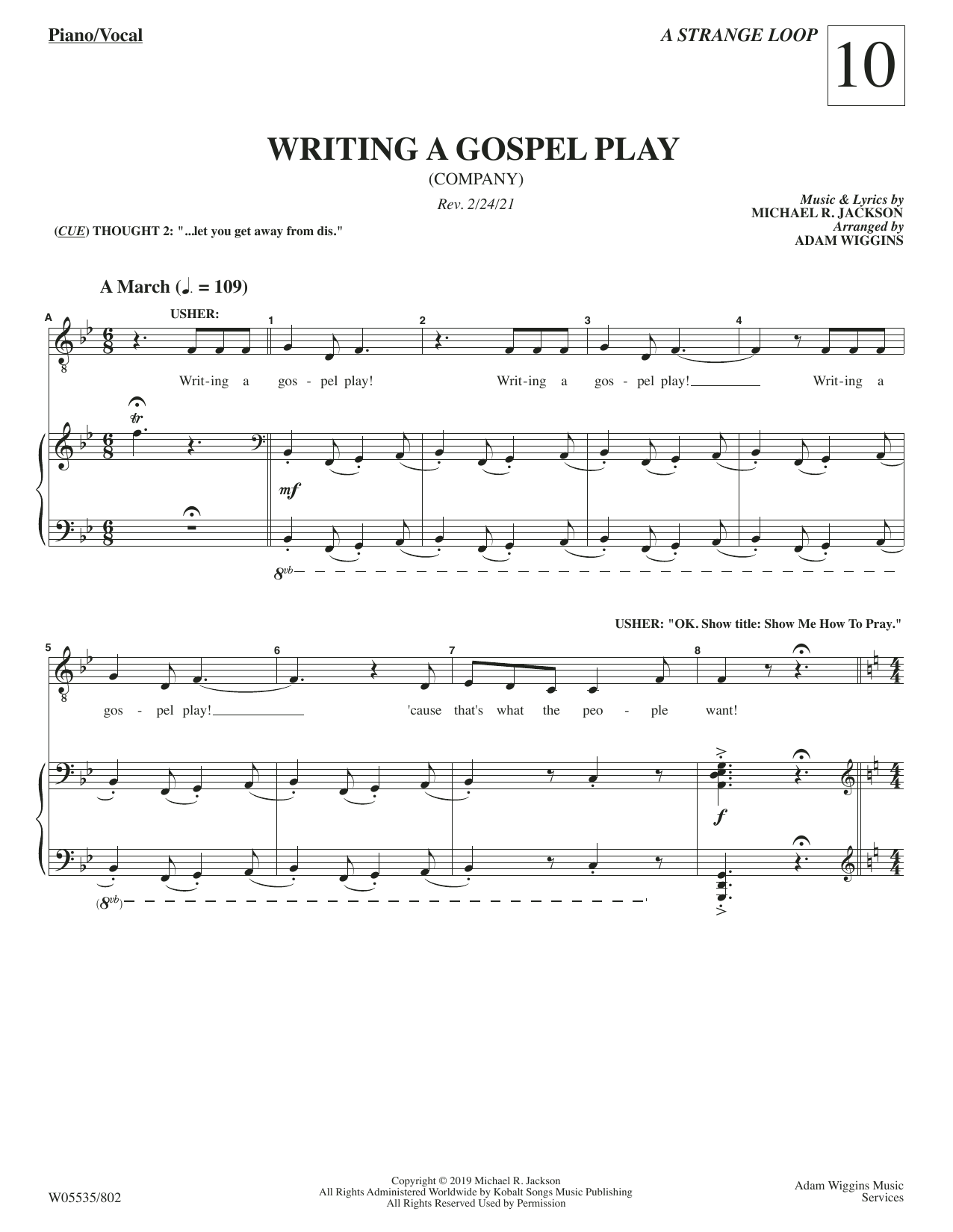
In the TQM story, the team noticed that in the beginning, TQM activities generated demand for TQM training-as activities went up, training went up (indicated by an “s” link). If variable B moves in the same direction as variable A, the link from variable A to B would be labeled with an “s”(or “+”).

In the language of systems thinking, links are labeled with either an “s” or an “o.” Once you have identified the variables, the next step is to fill in the “verbs,” by linking the variables together and determining how one variable affects the other. Upon further conversation, the team also agreed that the “Perceived Threat” of the new program was an important element, as was the “Resistance by Middle Managers” and their willingness to change. In the TQM example, “TQM Activities” and demand for TQM Training” are important elements of the story. Remember, a variable is something that can vary over time. The first step in creating a causal “story” is to identify the nouns-or variables-that are important to the issue. But over time, the TQM programs seemed to produce diminishing results, and interest in TQM activities slacked.

There were also some well-publicized successes in several local line teams.

In the beginning, there was much enthusiasm around the program, and demand for training was high. Take the example of an HR team that has been responsible for integrating a Total Quality approach in an organization. By representing a problem or issue from a causal perspective, you can become more aware of the structural forces that produce puzzling behavior.īy linking together several loops, you can create a concise story about a particular problem or issue. By linking together several loops, you can create a concise story about a particular problem or issue.Ī causal loop diagram consists of four basic elements: the variables, the links between them, the signs on the links (which show how the variables are interconnected), and the sign of the loop (which shows what type of behavior the system will produce). Within that framework, causal loop diagrams can be thought of as sentences that are constructed by identifying the key variables in a system (the “nouns”) and indicating the causal relationships between them via links (the “verbs”). If you try to run the previous codes for only 1000 or 10000 iterations you won’t see the difference.Systems thinking has been described as a language for talking about the complex, interdependent issues managers face every day. However, the more resource consuming the task is, the more difference will arise pre-allocating objects in memory.
WRITE FOR LOOP IN R CODE
Note that the results may depend on the speed of your computer and will vary if you run the code several times. start_time <- Sys.time()Įnd_time - start_time # Time difference of 0.126972 secs Second, copy the previous code and pre-allocate the store variable with the final length of the vector. start_time <- Sys.time()Įnd_time - start_time # Time difference of 0.4400518 secs (running time on my computer)

The Sys.time function will store the time when the function itself is executed, so make sure you call the following code at once, not line by line. Let’s see an example:įirst, you can create a variable named store without indicating the size of the final variable once filled inside the loop. This technique consists on reserving space for the objects you are creating or filling inside a loop. If you run or plan to run computationally expensive tasks, you must pre-allocate memory.


 0 kommentar(er)
0 kommentar(er)
